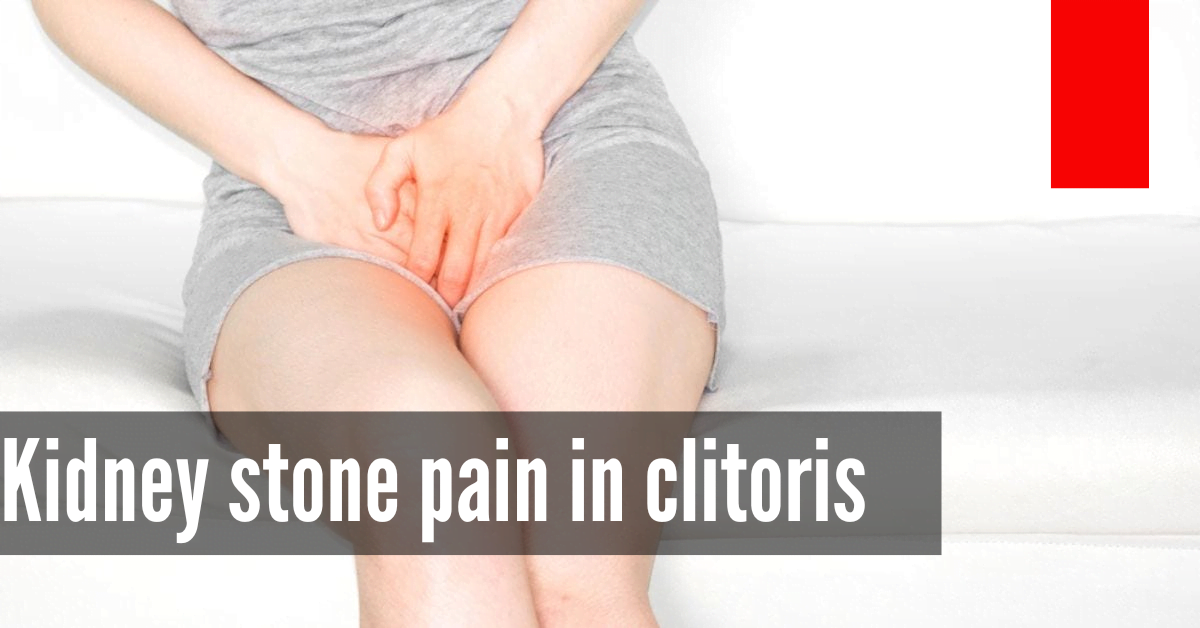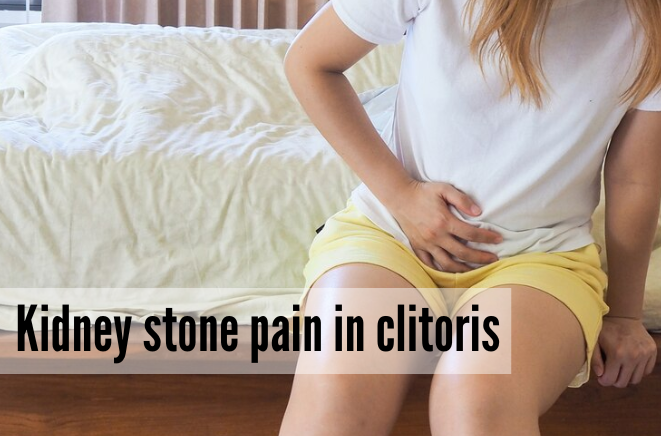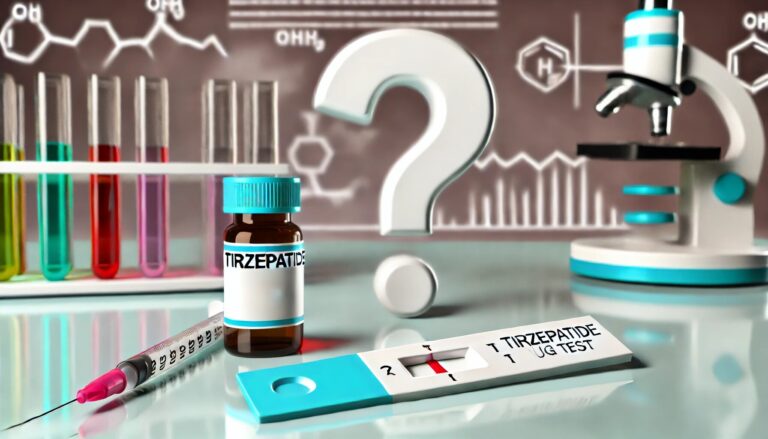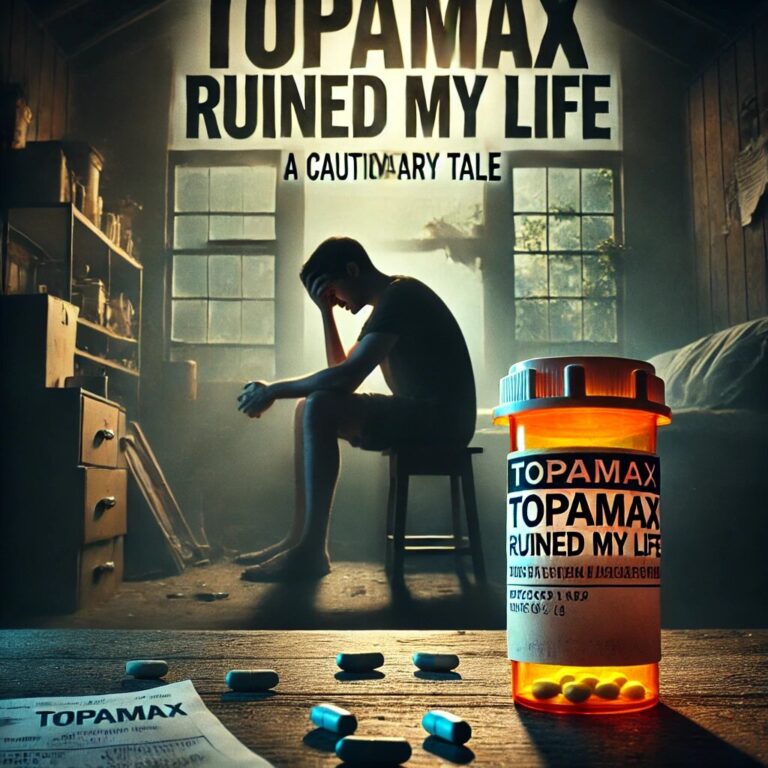Kidney Stone Pain in Clitoris: Causes, Prevention, Treatment

Kidney stones are hard mineral deposits that form inside the kidneys. While typically associated with pain in the back or sides, kidney stone pain can also radiate and be felt in unexpected areas such as the lower abdomen, groin, or clitoral area. This article explores the nature of kidney stones and why they can cause pain in the clitoral area and offers practical advice for managing and treating this discomfort.
What are Kidney Stones?
Kidney stones, or renal lithiasis, are solid masses made of crystals. These usually originate in the kidneys, but they can also develop anywhere along the urinary tract, which includes the kidneys, ureters, bladder, and urethra. The stones are made up of various minerals and acid salts. The most common types of stones contain calcium oxalate, uric acid, struvite, and cystine stones.
Causes
Understanding the causes of kidney stones can help in prevention and treatment. Kidney stones develop when certain substances in urine, such as calcium, oxalate, and uric acid, become highly concentrated. Here are some detailed explanations of the common causes and risk factors associated with kidney stone formation:
- Diets excessive in animal protein can increase the calcium and uric acid levels in urine, thereby raising the risk of stone formation.
- A diet high in salt can increase the amount of calcium in urine, which can combine with oxalate and phosphorus to form stones.
- Not drinking enough water each day can increase the risk of kidney stones as it leads to more concentrated urine, in which stone-forming minerals can more easily settle and clump together.
- High levels of calcium in the urine, a condition known as hypercalciuria, are one of the leading risk factors for calcium kidney stones.
How Kidney Stones Cause Pain?
Kidney stones cause pain when they block the flow of urine out of the kidney or through the delicate lining of the urinary tract. As the body tries to push the stone along the narrow ureter, the muscles in the walls of the ureter contract vigorously, which can cause severe, spasmodic pain known as renal colic.
Also Read: Does Kidney Infection Cause Bloating?
Pain Transmission to the Clitoral Area
Pain from kidney stones can radiate to various regions of the body. For individuals with vulvas, this pain can sometimes be felt in the clitoral area. This is because the nerve supply to the pelvic region interconnects; thus, pain originating from the kidney or ureter can be referred to or felt in the clitoris stones. This type of pain can be sharp and sudden or dull and chronic, depending on the movement of the stone.
Symptoms of Kidney Stones
Besides pain, kidney stones can cause several other symptoms, including:
- Persistent need to urinate
- Pain during urination
- Cloudy or foul-smelling urine
- Urinating small amounts of urine
- Pink, red, or brown urine
- Nausea and vomiting
- Fever and chills if an infection is present

Diagnosing Kidney Stones
If you experience any of the above symptoms, it’s crucial to see a healthcare provider. They may recommend one or more of the following tests:
- Blood testing to check for calcium or uric acid levels.
- Urine testing for stone-forming minerals or stone-preventing substances.
- Imaging tests like CT scans can visualize even tiny stones, or an ultrasound can be less detailed but avoids radiation.
Managing Pain from Kidney Stones
The management of kidney stone pain includes medical treatment, home remedies, and lifestyle changes:
Medical Treatment
- Pain relievers: Non-prescription pain relievers such as ibuprofen or acetaminophen can alleviate mild pain. For severe pain, more potent prescription painkillers may be necessary.
- Alpha-blockers: These medications relax the muscles in the ureter, helping pass kidney stones more quickly and with less pain.
- Antibiotics: If there is an infection, antibiotics are prescribed.
Home Remedies
- Stay hydrated: Drinking plenty of water helps to flush out the urinary system, potentially helping to move the stone along naturally.
- Heat therapy: Applying a heating pad on the back or abdomen can help soothe the pain.
- Dietary changes: Reducing intake of oxalate-rich foods (like spinach, rhubarb, and almonds) can prevent the formation of calcium oxalate stones, the most common type.
Lifestyle Changes
- Increase fluid intake: Aim for at least 8-10 glasses of water a day.
- Limit salt and animal protein: Reducing salt and animal proteins can help prevent kidney stone formation.
- Be active: Regular exercise helps to avoid the stagnation of urine and stone formation.
When to See a Doctor
Immediate medical attention should be sought if you experience:
- Severe pain that doesn’t improve with treatment
- Blood in urine
- Signs of infection, such as fever and chills
- Difficulty passing urine
Treatment of Kidney Stones
- Medications like ibuprofen, acetaminophen, or naproxen can help manage mild to moderate pain associated with kidney stones.
- For severe pain, more potent medications such as opioids may be prescribed by a healthcare provider, though they are used cautiously due to the risk of dependency.
- Medications like tamsulosin can relax the muscles in the ureter, helping kidney stones pass more efficiently and with less pain.
- Similar to alpha-blockers, these medications can help facilitate the passage of stones.
Prevention of Kidney Stones
- Drinking at least 2-3 liters of water per day is crucial to dilute the urine, which prevents minerals from concentrating and crystallizing.
- High sodium intake increases calcium in the urine, promoting stone formation.
- Foods high in oxalates (such as spinach, rhubarb, and almonds) should be consumed in moderation if you are prone to calcium oxalate stones.
- Contrary to what one might think, an adequate diet of calcium can help prevent stones, as calcium binds to oxalates in the intestines, reducing the amount reaching the kidneys.
- Reducing the consumption of red meat, poultry, eggs, and seafood can help lower uric acid levels and reduce the risk of uric acid stones.
- Regular physical activity can help prevent stones by promoting the movement of fluids and calcium through the kidneys.
Conclusion
While pain from kidney stones can be severe and sometimes felt in areas like the clitoris, understanding the symptoms and treatments can help you manage the condition more effectively. Staying hydrated, making dietary changes, and using appropriate pain relief are key strategies. Always consult with a healthcare provider for diagnosis and to tailor the treatment plan to your specific needs. Remember, proper medical care is crucial in treating and preventing kidney stones, ensuring your health and well-being.





